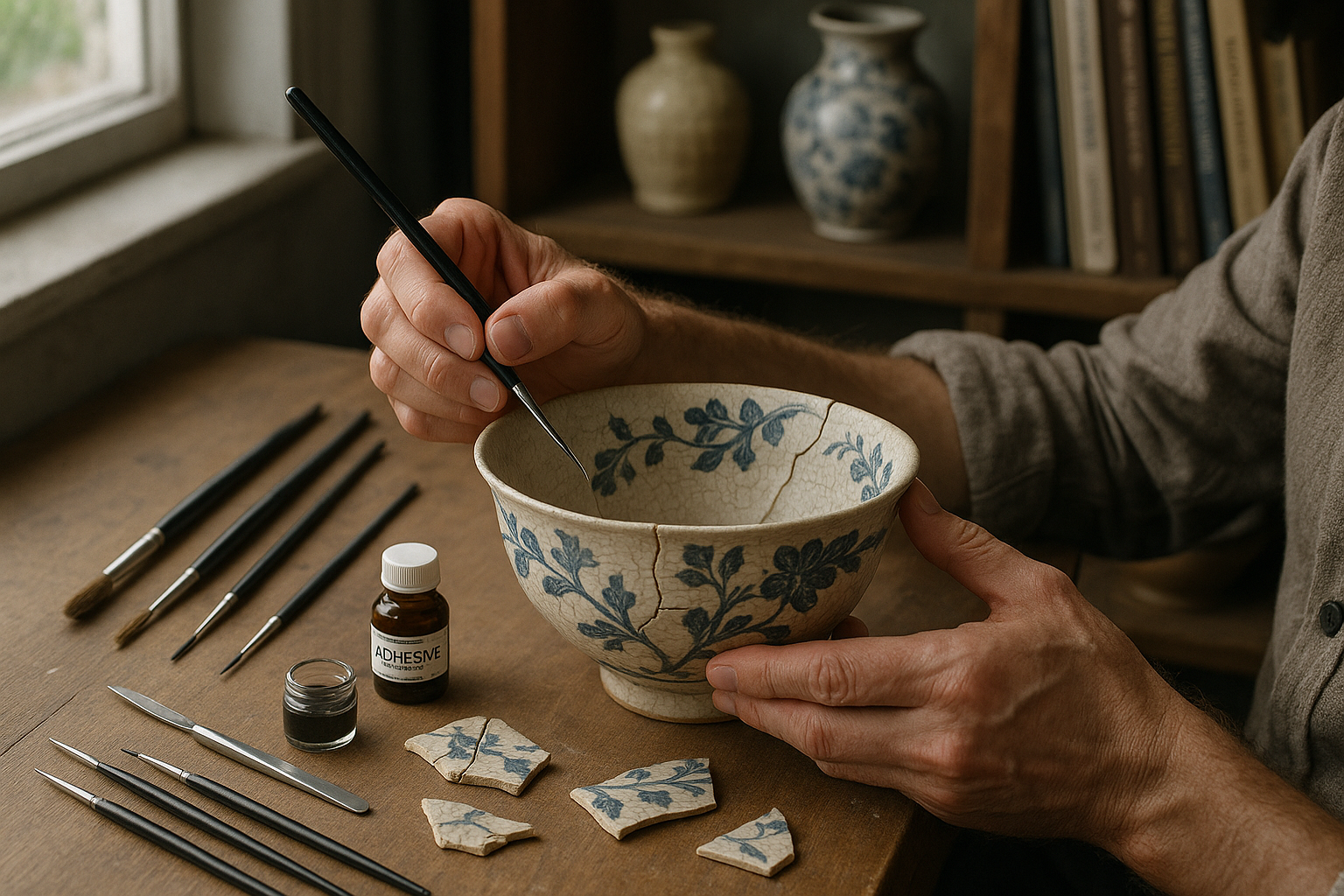In the quiet, meditative art of bookbinding, sewing stands out as a technique that beautifully marries functionality and craftsmanship. Imagine the soft whisper of thread pulling through paper, the steady rhythm of needlework, and the satisfaction of seeing a stack of loose pages transform into a coherent whole. 📚 Whether you’re a seasoned artisan or a curious novice, mastering book sewing can elevate your projects from simple to simply stunning. In this blog post, we delve deep into the nuanced world of bookbinding, focusing on expert techniques that will help you craft not just books, but heirlooms.
The allure of book sewing lies in its blend of tradition and creativity. It’s a practice that dates back centuries, yet remains as relevant today as ever. There’s a timeless beauty in handmade books that machines simply can’t replicate. The sewn binding not only ensures durability but also adds a touch of personal artistry to each project. But where does one start on this journey of mastery? What are the essential techniques that distinguish a novice from an expert? Let’s unravel these questions together.
At the heart of book sewing is an appreciation for detail. From choosing the right thread and needle to understanding the grain direction of paper, every element plays a critical role. We’ll explore these foundational aspects, providing you with the knowledge to make informed decisions at each step. As you gain confidence, you’ll learn to experiment with different stitches and patterns, adding unique touches that reflect your personal style.
One of the most fascinating aspects of book sewing is its diversity. There are numerous binding styles to explore, each with its unique characteristics and applications. In this article, we’ll cover several popular techniques, including Coptic binding, Japanese stab binding, and kettle stitching. Each method offers its own set of challenges and rewards, allowing you to tailor your approach to suit different projects and purposes.
Coptic binding, for example, is renowned for its flexibility and decorative appeal. This technique involves linking sections of pages together with chain stitches across the spine, resulting in a book that can lay completely flat when open. Perfect for sketchbooks and journals, Coptic binding is both functional and aesthetically pleasing. We’ll guide you through the process step-by-step, ensuring you grasp the intricacies of this beautiful method.
Japanese stab binding, on the other hand, provides a more straightforward approach, ideal for single-section books. It’s a technique that shines in its simplicity, yet offers ample room for creative expression through the use of different thread colors and patterns. We’ll introduce you to the basics and then challenge you to explore beyond traditional designs, encouraging you to infuse your work with your own artistic flair.
Kettle stitching is another essential technique that binds the sections of a book together with a strong and durable link. Often used in conjunction with other methods, understanding kettle stitching is crucial for anyone serious about bookbinding. We’ll explain how it serves as the backbone for many complex bindings and how mastering it can significantly enhance the structural integrity of your books.
Of course, mastering book sewing is not just about learning techniques; it’s about cultivating patience, precision, and a love for the craft. As you progress, you’ll find that bookbinding becomes more than a hobby—it’s a form of artistic expression and a way to connect with a long lineage of artisans who have come before you. By the end of this article, you’ll not only have a solid foundation in book sewing but also a newfound appreciation for the beauty and complexity of handmade books.
So, are you ready to embark on this journey of discovery? As we unfold the chapters of this post, we’ll arm you with expert tips, detailed tutorials, and plenty of inspiration to fuel your passion for bookbinding. Let’s thread the needle, turn the page, and craft something truly extraordinary together! ✂️

Conclusion
As we conclude our exploration of expert book sewing techniques, it’s clear that this timeless craft lies at the heart of fine bookbinding — where durability, precision, and artistry unite. Each stitch, whether kettle, chain, or Coptic, plays a vital role in ensuring that pages remain secure while allowing the book to open gracefully and endure for generations.
The true mastery of book sewing lies in patience and understanding the rhythm of the materials. 🌿💡 From selecting quality threads and paper to maintaining tension and alignment, every movement reflects a dialogue between craftsmanship and preservation. Ultimately, mastering expert book sewing techniques is more than a technical skill — it’s a celebration of tradition, care, and the enduring beauty of hand-bound knowledge.
Toni Santos is a restoration artist and historical design specialist devoted to reviving the beauty and soul of the past. Through meticulous craftsmanship and a deep respect for heritage, Toni brings antiques back to life—preserving not just objects, but the stories they carry through time. With hands trained in traditional restoration techniques and an eye for age-worn elegance, Toni restores furniture, artworks, artifacts, and heirlooms with precision and reverence. His work reflects a belief that restoration is not correction—it’s conversation between the old and the present. Blending artistry, conservation ethics, and historical research, Toni approaches every piece as a narrative in wood, metal, leather, or fabric—each with scars that speak of eras gone by. Whether repairing a hand-carved chair or reviving a forgotten painting’s vibrance, he respects the integrity of original craftsmanship while honoring its continued life. As the creative force behind Vizovex, Toni shares before-and-after showcases, restoration walkthroughs, and visual essays exploring the techniques and philosophies behind authentic antique revival. His platform celebrates: The timeless value of handcrafted work The quiet artistry of repair and preservation The cultural memory embedded in material objects The delicate balance between age and renewal For collectors, curators, artisans, and lovers of legacy, Toni’s world is an invitation to see restoration not as fixing what’s broken—but as restoring what still lives beneath the dust of time.




